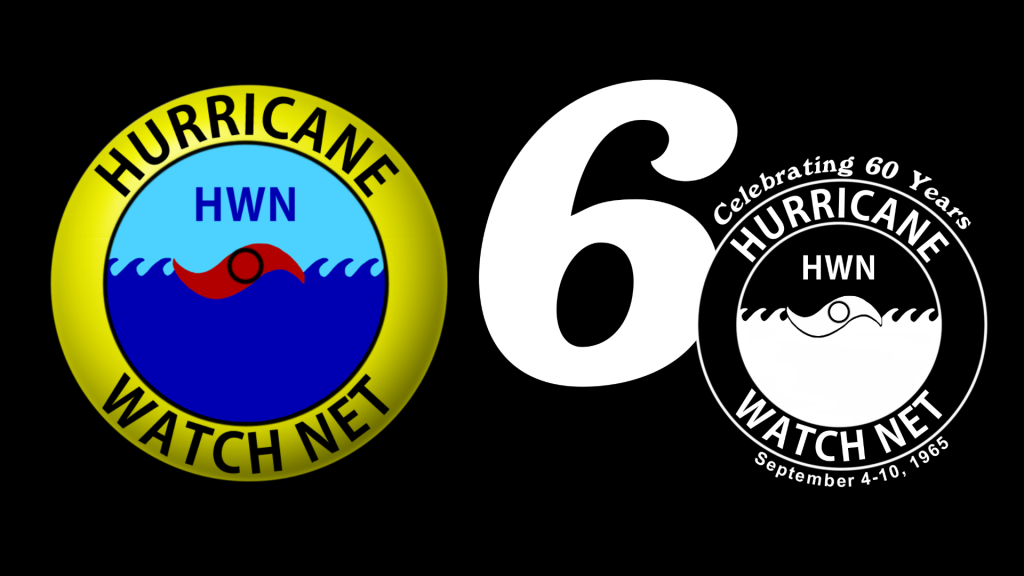ARRL interacted with thousands of members at 2025 Dayton Hamvention®, held May 16-18 in Xenia, Ohio. There were many ARRL programs and services available to visitors to the ARRL Expo area. The ARRL Youth Lounge was busy throughout the event, and “the kids were loving it,” according to Education and Learning Manager Steve Goodgame, K5ATA, who pointed out that the young visitors were building code keys from 3D-printed kits and testing them out by sending messages. Saturday’s ARRL Youth Rally saw several dozen young people get engaged with a day of ham radio fun. The Youth Rally actually extended into Sunday, with the kids contacting skydiver Carlos Ortiz, K9OL, as he parachuted to the ground with a handheld radio. A little later, they launched an APRS-equipped balloon, W1AW-11, on a hopefully round-the-world trip. It flew into Africa on Thursday afternoon after crossing the Atlantic Ocean. Back at Hamvention, the ARRL Collegiate Amateur Radio Program booth was a flurry of activity with young adult hams for the whole weekend.
ARRL VEC Manager Maria Somma, AB1FM, was on hand to help members renew their licenses and to encourage ARRL VE teams to migrate to the all-digital exam system offered by Exam Tools. She noted that it streamlined the process for VEs because there was nothing to mail after a session.
The ARRL Lab tested more than 170 radios in the booth, including a handheld radio that fell 14,000 feet (Yes, it was K9OL’s!). It not only survived the fall in working condition but still passed the spectral purity test. The chance to visit with members was encouraging for ARRL Digital RF Engineer John McAuliffe, W1DRF, saying “It was nice to have one-to-one with members who don’t normally have direct contact with the lab.”
Many members stopped in to see the ARRL Icom Dream Station that one eligible member (see how you can earn entries here) is going to win. The grand prize for the ARRL Sweepstakes, an Icom IC-7760, sat on display in a glass case at the booth.
ARRL-sponsored forums were popular, especially a new one: Salty Walt’s Portable Antenna Forum saw a packed house. “Salty Walt” Hudson, K4OGO, also had long lines to visit with him and get a signed copy of his new ARRL book, Salty Walt’s Portable Antenna Sketchbook. The book, which made its debut at Hamvention, shows examples of successful antennas that Salty Walt has created for his fun seaside operating sessions. Salty Walt has amassed a large following on YouTube by bringing viewers along on his adventures and sharing his down-to-earth approach to tinkering. “What you saw in that forum,” said Hudson, “is where hams are today. What I try to do is simplify things. Go out, try, do, make mistakes. That’s what my YouTube channel is all about.”
Links – ARRL News Coverage of 2025 Dayton Hamvention®
Thursday, May 15
Thursday Video
Thursday: Phil Karn, KA9Q, Awarded Hobart Medal
Friday, May 16
Friday Video
Saturday, May 17
Saturday Video
Sunday, May 18


 radio ties our world together — bridging distances near and far, connecting people of all ages and walks of life through a shared interest in wireless technology, and providing a hands-on pathway for future technology leaders to experiment with radio as part of science, technology, engineering, and mathematics curricula.
radio ties our world together — bridging distances near and far, connecting people of all ages and walks of life through a shared interest in wireless technology, and providing a hands-on pathway for future technology leaders to experiment with radio as part of science, technology, engineering, and mathematics curricula.